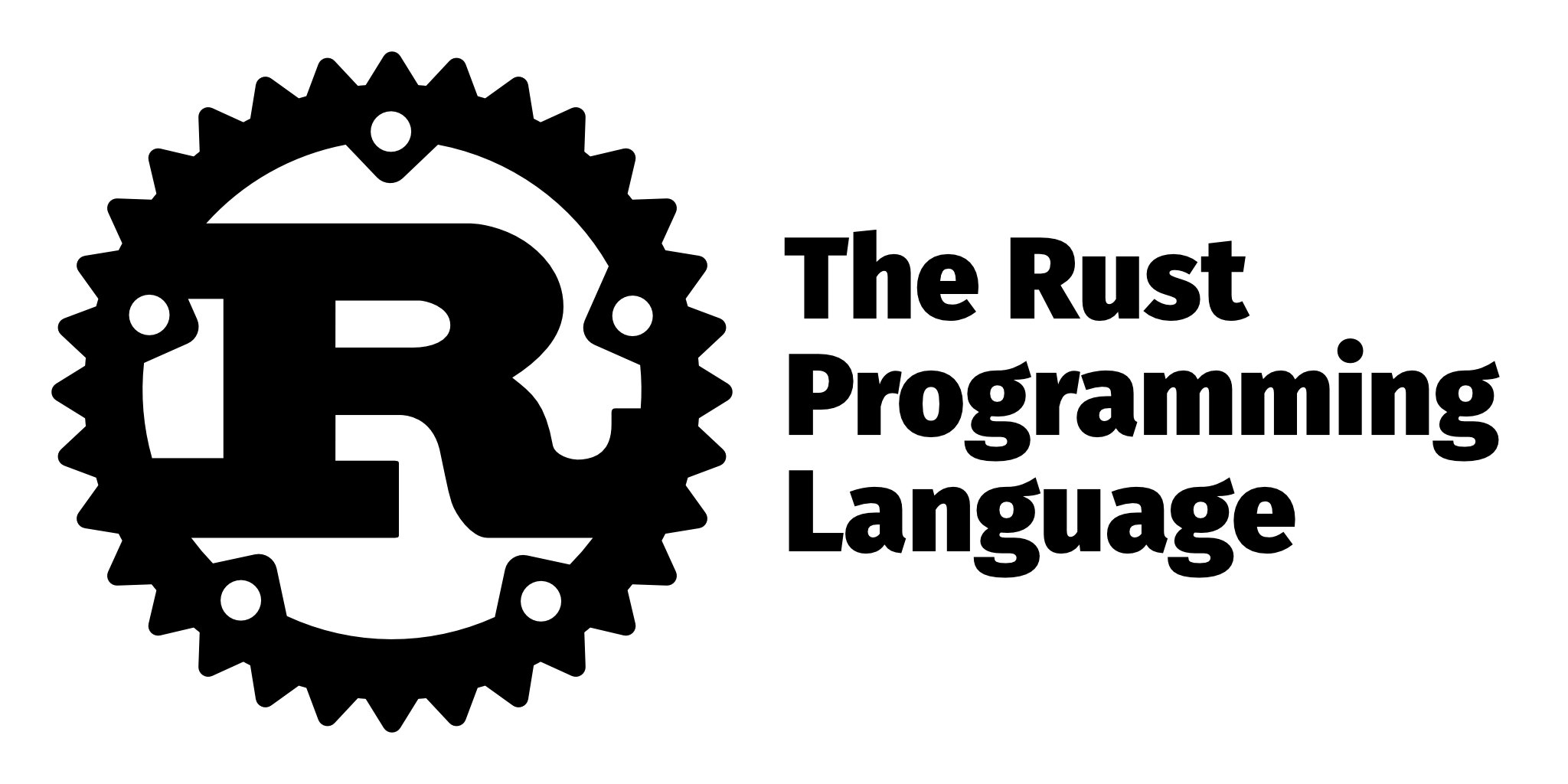Learning the Rust Programming Language
Rust is a systems programming language initially developed by Mozilla Research in 2010 with a focus on speed, safety, and concurrency. It has been voted the most loved programming language since 2015 on Stack Overflow, and its features make it worth learning for virtually all programmers, whether novice or experienced.
Perhaps the biggest hurdle to widespread adoption is that Rust is commonly regarded as a difficult language to learn. For example Rust’s unique ownership system is what provides a high level of memory safety, but it can be tough for newer programmers to grasp.

In this article, we’ll cover some details about the Rust language, what makes it a uniquely strong choice, and why it can be tough to learn.
For those who want to continue learning, there is a new, beginner friendly course on Rust from Electronics Reference (electronicsreference.com) that addresses the difficulties of learning Rust with easy to follow content that provides the right level of challenge for those new to the language. The entire course is free and isn’t hidden behind any paywalls or login forms, making it easy to jump right in and learn one of the best languages today!
What is Rust?
Rust’s syntax is similar to that of C++, but with modern features that strive to prevent common programming errors such as null pointer dereferencing and buffer overflow.
One of Rust’s main features is its ownership model. The unique ownership system enables memory safety without garbage collection. In Rust, each value has a unique owner, and the owner controls access to the value’s memory. This ownership model, along with Rust’s borrow checker, ensures that all memory accesses are safe at compile-time, without the overhead of a garbage collector.
Rust is commonly used for building high-performance systems. These include web servers, operating systems, and game engines. Rust has a growing community and an active ecosystem of libraries and tools, and is an excellent choice for experienced professionals and novice programmers alike.
Why Should I Learn Rust?
There are several reasons why someone should consider learning to program in Rust:
Developers love Rust: According to Stack Overflow, Rust has been the most loved programming language since 2015.
Rust is being adopted at light speed: Rust was recently added to the Linux kernel and is quickly being adopted by teams around the globe. This means that Rust is here to stay, and its growth is expected to be fast. This is a great time to learn Rust because it’s still relatively new so the market is undersaturated. As the saying goes, ‘get in while the gettin’s good’!
Performance: Rust was designed with a focus on performance, making it an excellent choice for systems programming where efficiency is crucial. Rust has a super efficient memory management system that allows developers to write high-performance code without the risk of memory leaks or segmentation faults.
Safety: Rust has a unique ownership model that helps prevent common programming errors including null pointer dereferencing and data races. This makes Rust a great choice for building mission-critical software and systems that require high levels of reliability.
Modern language features: Rust is a modern programming language that includes features like functional programming constructs, pattern matching, and closures. These features help make Rust a powerful language for writing expressive and concise code.
Large community and growing ecosystem: Rust has a large and growing community of developers who contribute to its ecosystem of libraries, tools, and frameworks. This makes it easy to find resources and support when learning Rust or building Rust-based projects.
Cross-platform support: Rust supports a wide range of platforms, including Linux, macOS, Windows, and even some embedded systems. This makes it a versatile language that can be used for a variety of applications and projects.
Overall, learning to program in Rust can be a great choice for developers who want to build high-performance, reliable, and modern software and systems.
How to Learn Rust
There are lots of great ways to learn Rust and the most commonly recommended method is by reading the official documentation. The official Rust book and associated content are great for learning and referencing topics on Rust, as is the documentation for the standard library. In general, good documentation is one of Rustlang’s strong features. Rust developers should become acquainted with these resources as they will be helpful while developing projects or playing with the language. However, the documentation (like most documentation) is technical, verbose, and not particularly beginner friendly. It tends to take for granted that readers have experience programming, in particular with C, and the memory management topics that developers learn while working in a low level language. This can make it tough to get started and there is a general lack of beginner friendly courses for Rust. There are a few courses available on Udemy but they do cost some money (generally about $30) and require using a web application. A quick search reveals that the reviews for these courses vary and one of the most commonly cited problems is a lack of beginner friendliness.
One course that stands out is the Complete Rust Course by Electronics Reference. This course covers Rust from basic concepts all the way through advanced topics, and is more suitable to new programmers than relying on the documentation. One of the obstacles to the widespread adoption of Rust is that it can be a challenging language for new programmers or those unfamiliar with low level languages. Electronics Reference addresses this problem head on with content that’s easy to digest by novices. More experienced developers can also use the course to quickly transition from other languages, and each page serves as a standalone tutorial for a particular topic – making each article an accessible reference as well. And if you decide that Rust isn’t for you, the only thing you will have invested is a bit of time.